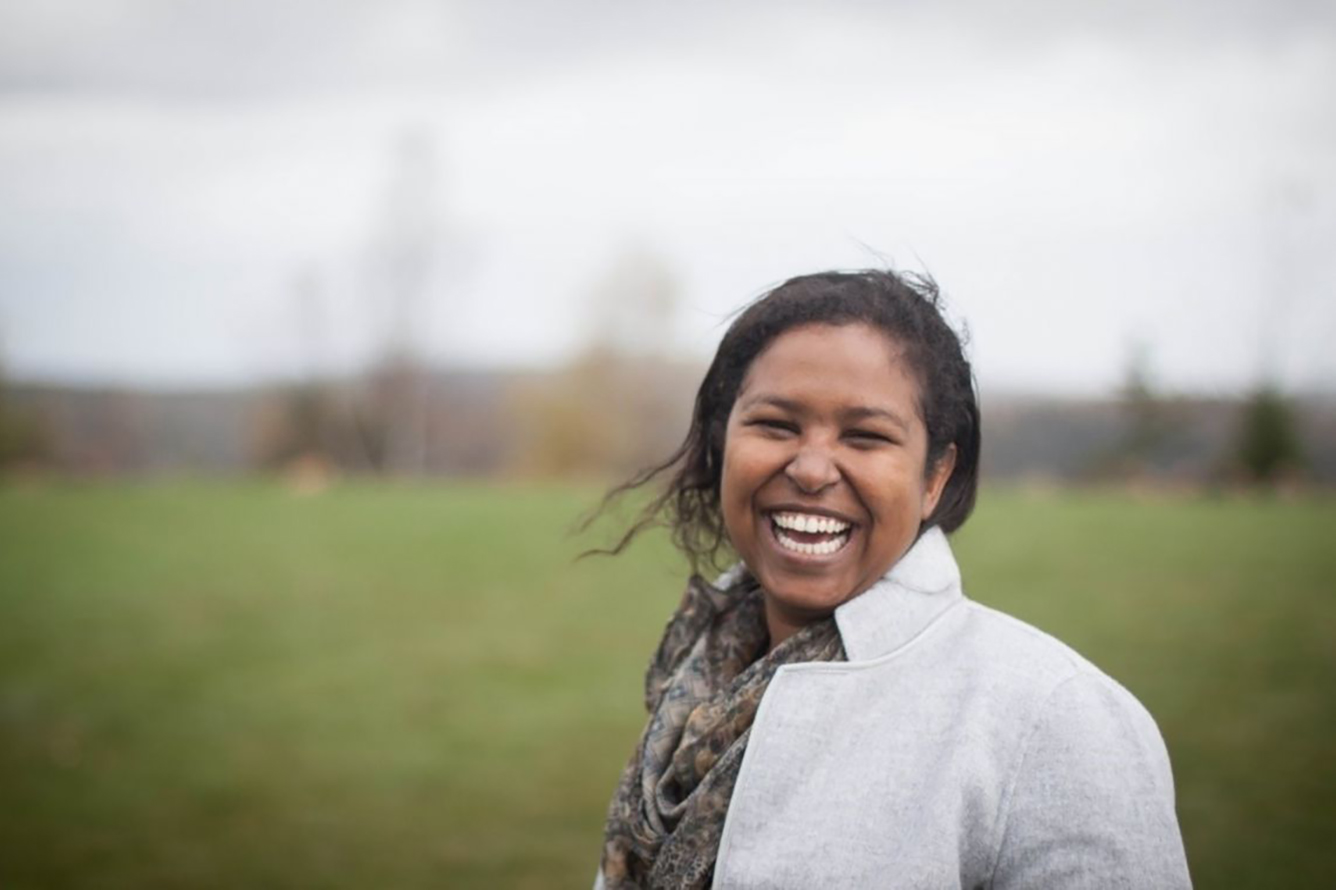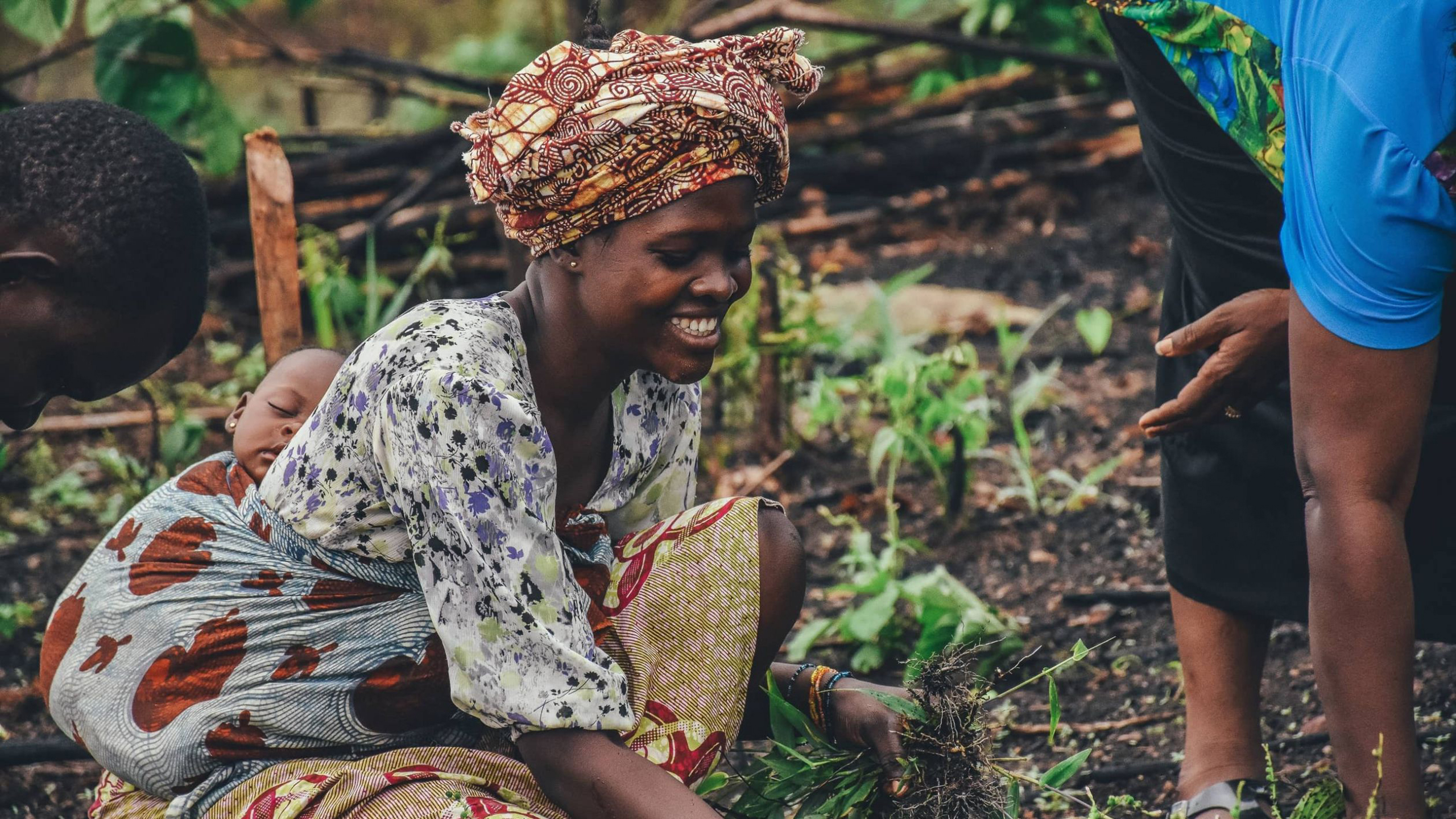Women: The backbone of rural economies
In case you didn’t know, in rural areas of many developing countries, the role of women in local agriculture is much more important than one might think.According to a United Nations Food and Agriculture Organization (FAO) report, the percentage of women in agriculture in 2010 was of 43%. As a global average, the figure hides very different situations between the different regions of the planet and even between countries, with the FAO pointing out that in Bangladesh the percentage has exceeded 50%. There have been also significant increases in sub-Saharan Africa.
Many difficulties to overcome
Despite women’s impact on agriculture in many developing countries’, they face harsh difficulties and barriers, such as the lack of access to land and markets, adequate working conditions, or equal treatment. Evidence suggests that female farmers tend to perform underpaid, seasonal and part-time tasks more often than men. There is also a gender pay gap – men are often paid 20-30 % more than women for the same kind of labour in local agriculture.
Apart from this, female farmers have generally less access to education and relevant training, being at the same time more constrained by traditions and habits – such as the ones that prevent women from owning land and hinder their access to farming land, support services and mobility.
Support and Empowerment
So, how to mind this gap between men and women in local agriculture? FAO estimates that if female farmers had the same access to resources as men, like for example the access to farmer organisations and cooperatives, the agricultural production in these developing countries could increase globally from 2.5-4%.
This might seem low, but the truth is that these numbers represent less 100 to 150 million hungry people in the world – the equivalent to Japan’s population.
Supporting female farmers in developing countries would not only have an impact on the world hunger but would also change local agriculture, local life conditions, and immediately improve family life. The World Bank estimates that a 10 dollar increase on a woman’s salary in the Ivory Coast is predicted to have the same impact on a child’s life as a 110 dollar increase on a man’s – eleven times more!
New Resources and Technologies
This much needed change is not only about information and education, though. Many farmers, especially female farmers, in developing countries simply do not have access to the same beneficial resources that farmers in developed countries have, like working animals needed in farming, improved seeds, fertilizers, pest control measures or mechanical tools. This is mainly due to lack of investment and lack of financial resources.
And what about food loss and food waste? With the right opportunities and resources, the amount of food lost during production and harvest could be dramatically reduced. Likewise, more resistant crops to pests, diseases and subpar climate conditions could improve the numbers on food loss.
Women that fight back

Jamila Abass, M-Farm founder. *
M-Farm is an online platform that connects local farmers to potential buyers, easing the selling (and purchase) process of fresh produce, in the context of a developing country.
It also works as a great source of information for farmers, since it gathers together the most relevant tips and pieces of advice about growing certain types of fruits and vegetables in a sustainable way, according to the weather and soil characteristic of the Kenya region.
One of its main features is the ability to give farmers up-to-date retail market prices of the products, so that they can also adjust production and pricing policies.
Jamila’s initiative has had a huge impact on small and family farms that rely on local agriculture to live, giving these small business owners new opportunities and a fair chance in the market.
Stories like this one show that it is possible to improve efficiency and success on local agriculture, while enhancing the living and working conditions of female farmers.
